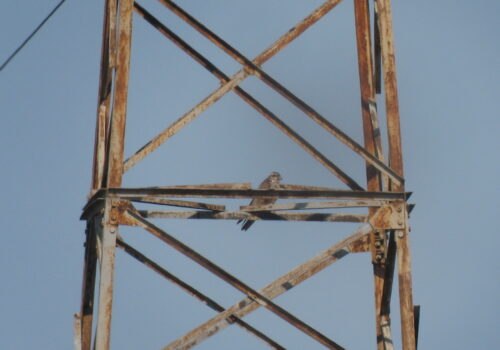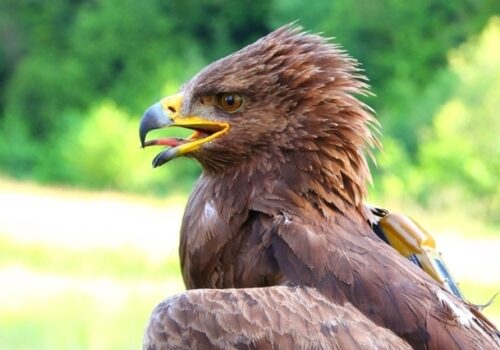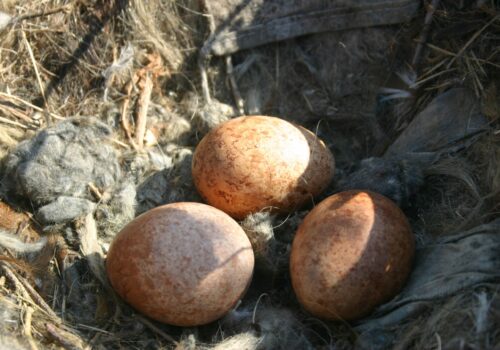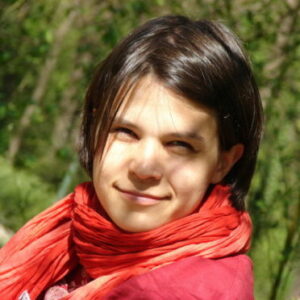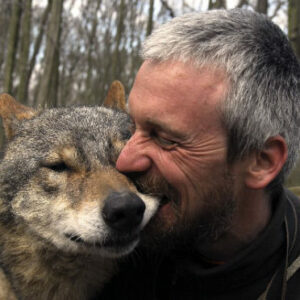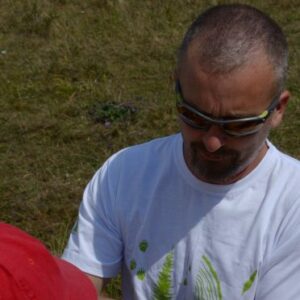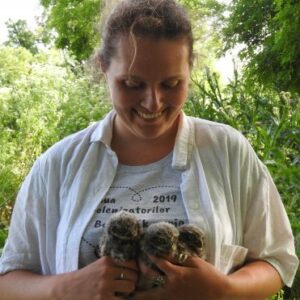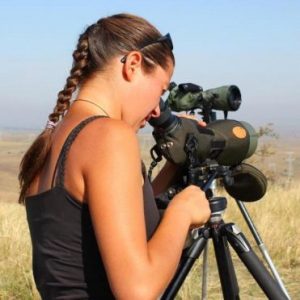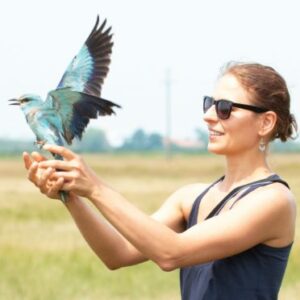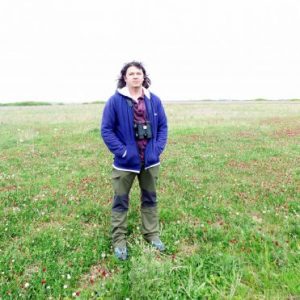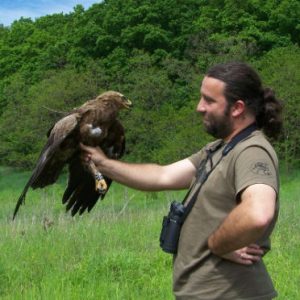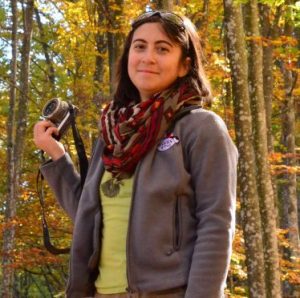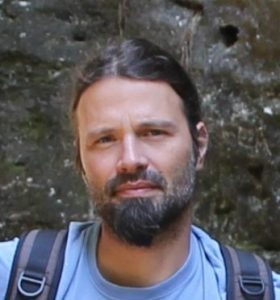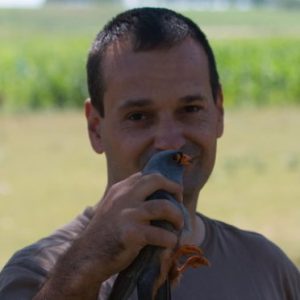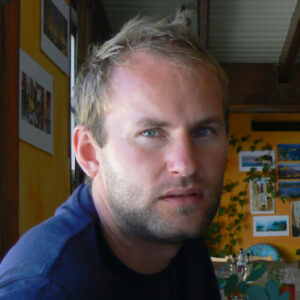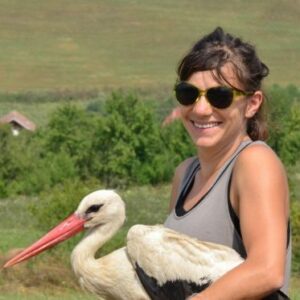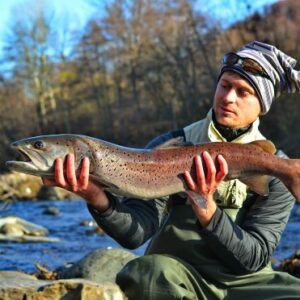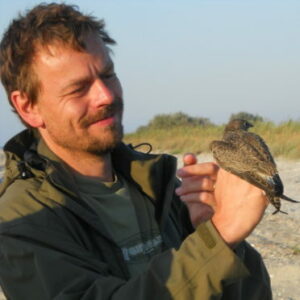In April, Hungarian experts from MME/Bird Life Hungary, partner of the Milvus Group in the “Conservation of Falco cherrug in NE-Bulgaria, Hungary, Romania and Slovakia” LIFE+ project (www.sakerlife2.mme.hu), made some fieldwork in the Western Plain of Romania. During the trip they identified a pair of Saker falcon (Falco cherrug) breeding in a nest located on a high voltage electric pylon. Members of Milvus Group working on field in this part of the country went immediately to the place to witness the event, as in the present this is the only known pair of Saker falcon in Romania.
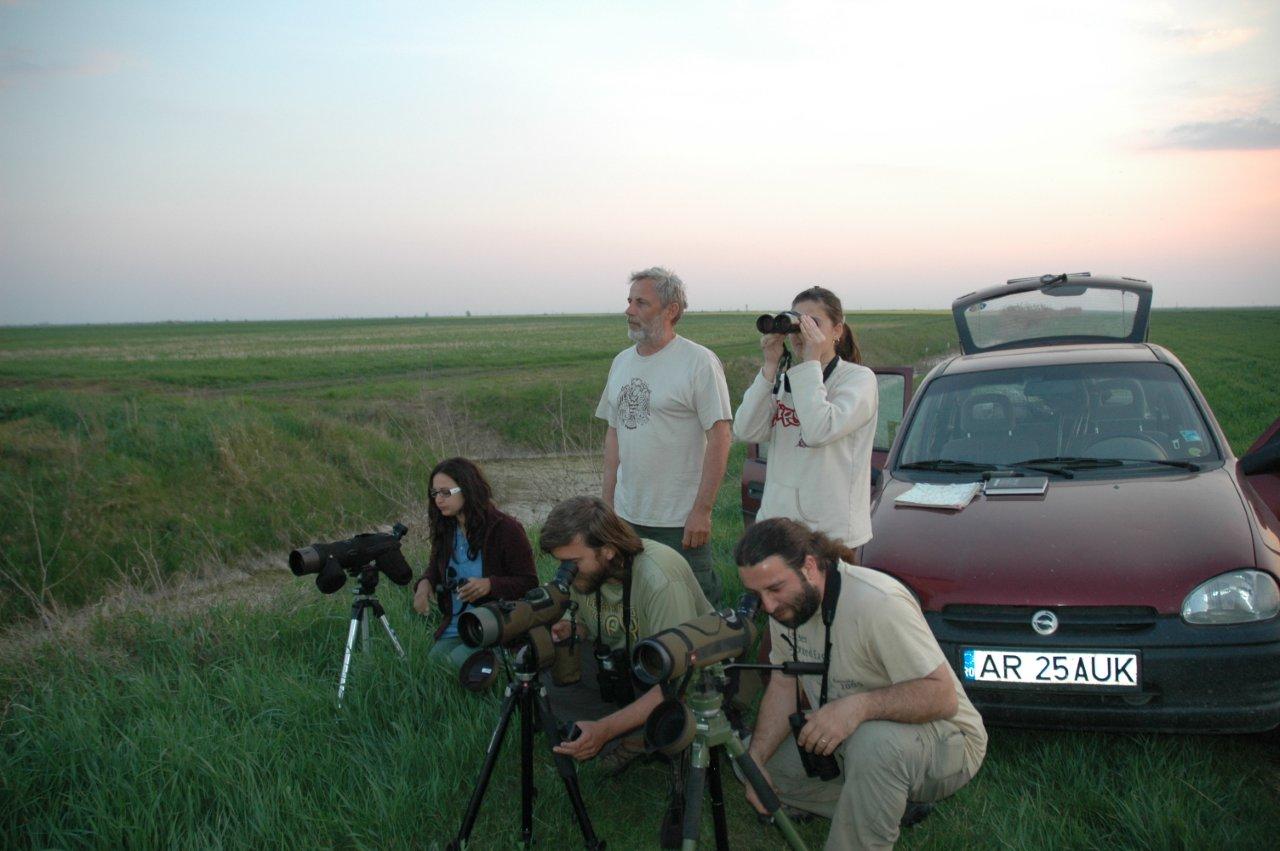
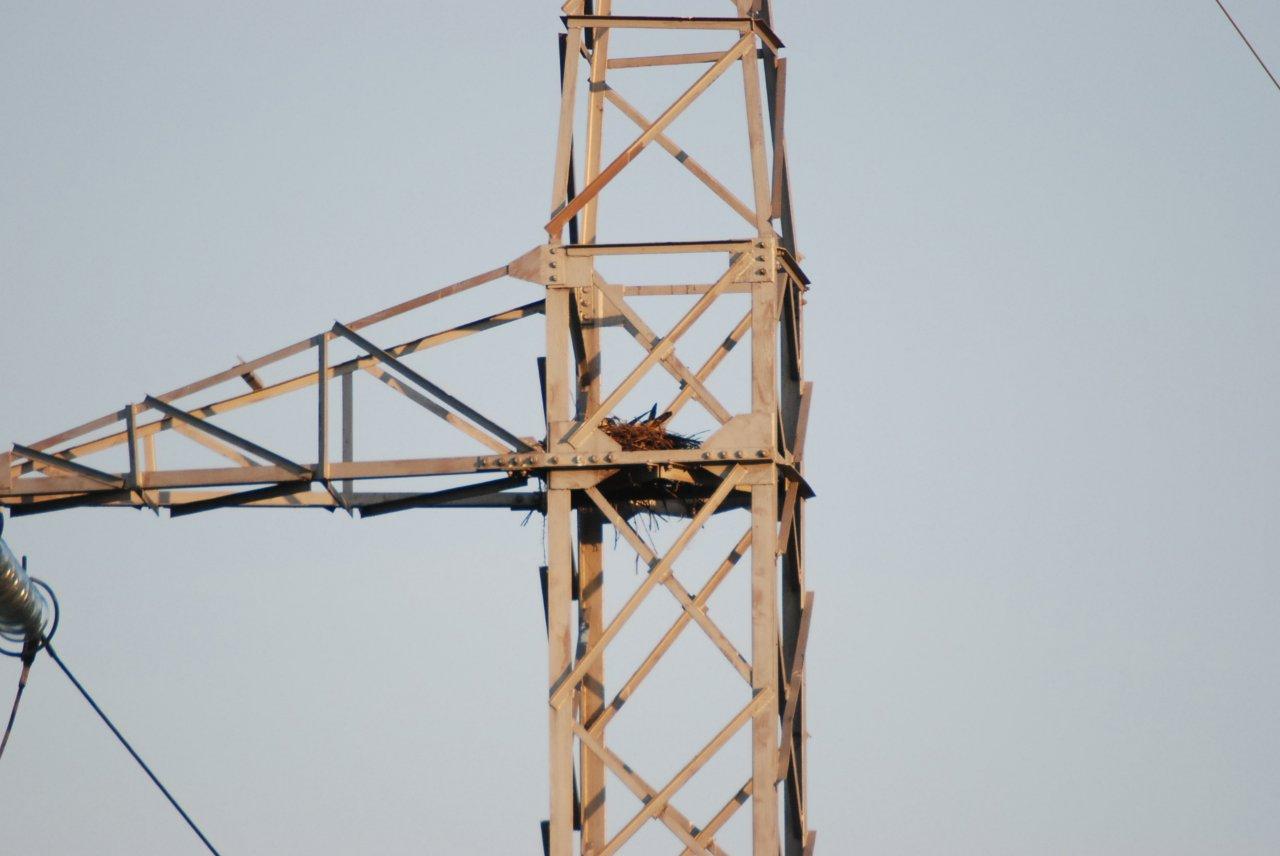
During the observations the female Saker falcon stood on her nest, while the male was hunting in his territory. Typically for the falcons, the Saker falcon also is breeding in nests built by other birds. In this case, this pair has chosen a Raven nest.
From all over the world, Hungary is the only country where the population of the Saker falcons is increasing. This trend is the result of a conservation program launched in Hungary a few decades ago. One of the most successful methods applied by the Hungarian experts to stabilize and increase the population of the Saker falcons is the installation of artificial nests on high voltage electric pylons. At this moment the majority of the Saker falcon pairs from Hungary are breeding in these kinds of artificial nests. The nest boxes were installed with the help of the electric company.
The appearance of this new pair of Saker falcon in the western part of Romania is probably the consequence of the increasing number of birds in Hungary and they dispersion. These birds may prefer similar habitats to those found in Hungary, so it is not surprising that the first pair of Saker falcon from Romania is breeding on a nest found on an electric pylon.
Finding this pair in this part of the country is even more important, as from the last decades information about breeding Saker falcons we had only from Dobrudja.
The specialist from Hungary had the opportunity to observe other 2 birds in a different location, but it is unknown yet if they are breeding there or not.
We take the opportunity to thank for their help!
In the next period the employees of the Milvus Group involved in this project will continue the search for Sakers in the western part of the country and Dobrudja.

